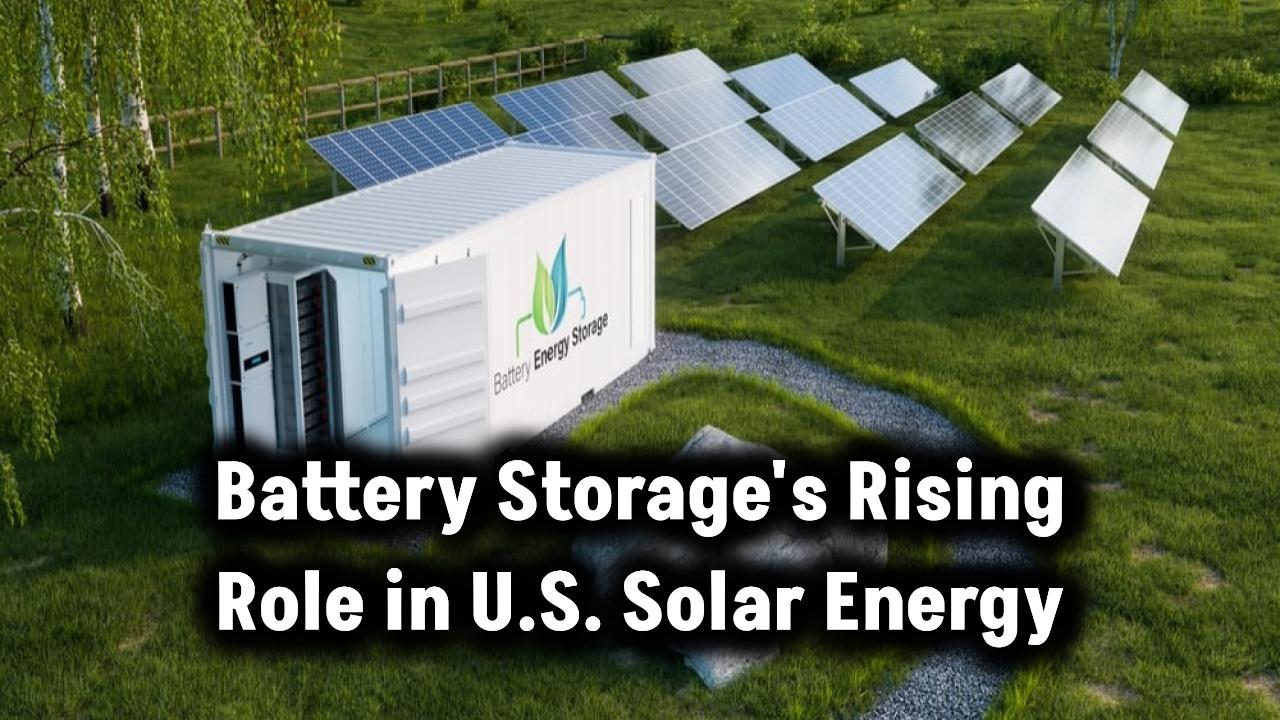
The future of renewable energy just got a lot brighter! This new solar cell lasts 10 times longer, marking a major breakthrough that could redefine the solar industry. With durability traditionally being a major challenge for cutting-edge solar technology, this innovation not only extends the lifespan of solar panels but also makes them more reliable, cost-effective, and accessible for millions around the world.
If you’ve ever wondered how solar panels could become more sustainable and practical for everyday use, you’re in the right place. Let’s dive into the science, the real-world applications, and why this is such a big deal.
Also Check: Tesla Powerwall 3 Launches in Sydney – Is This the Ultimate Game-Changer for Your Energy Bills?
What Makes This New Solar Cell So Special?
For years, perovskite solar cells have been hailed as the “next big thing” in renewable energy. They are inexpensive to produce and highly efficient at converting sunlight into electricity. However, they had one major drawback: they weren’t very durable.
Traditional perovskite cells could degrade within just a few hundred hours, especially under hot, humid conditions. That’s where this new innovation comes in. Researchers have found a way to trap iodine ions (the main culprit for degradation) using aluminum oxide (Al2O3) nanoparticles. This effectively “locks” harmful elements in place, significantly improving the solar cell’s lifespan.
Quick Example
Imagine a smartphone that’s waterproof and drop-proof — lasting years without needing repairs. That’s the kind of improvement we’re talking about for solar technology!
How Does It Work?
Here’s a quick guide to understanding the science behind the magic:
Step-by-Step: How the 10x Longer-Lasting Solar Cell Works
1. Building the Solar Cell
- The core material is perovskite, a crystalline structure that’s great at capturing sunlight.
- Layers of aluminum oxide nanoparticles are added.
2. Trapping the Iodine
- Normally, iodine ions move freely inside the cell, damaging it over time.
- Aluminum oxide acts like a “cage,” trapping these ions and preventing them from causing harm.
3. Testing the Durability
- Cells were subjected to 65°C temperatures and 35% humidity for over 1,500 hours.
- Even after this harsh treatment, they maintained 80% of their initial performance!
Why This Matters for the Solar Industry
Longer lifespan = More value.
Upgrading the durability of solar panels means:
- Lower replacement costs for consumers and businesses.
- Greater return on investment for solar farms.
- Faster global adoption of renewable technologies.
- Reduced waste, helping the environment even more.
Real-World Applications
- Flexible electronics: Wearable tech like solar jackets or backpacks.
- Building materials: Windows, roofs, and walls that generate electricity.
- Remote locations: Solar cells that survive tough weather conditions without needing frequent maintenance.
- Space missions: Longer-lasting, lighter solar arrays for satellites and spacecraft.
- Emergency response: Rapid deployment of lightweight solar units for disaster relief efforts.
Also Check: Flexible Solar Cells Smash Efficiency Records – A New Era for Clean Energy!
Environmental Impact and Sustainability
Longer-lasting solar cells contribute significantly to sustainability efforts:
- Less frequent replacements mean fewer resources used in manufacturing.
- Lower electronic waste output compared to traditional solar cells.
- Reduced carbon footprint over the lifecycle of solar installations.
Integrating durable, efficient solar technologies aligns closely with global climate goals such as those outlined in the Paris Agreement.
The Challenges Still Ahead
While this innovation is exciting, challenges remain:
- Scaling up production: Making large amounts of high-quality, long-lasting perovskite cells cost-effectively.
- Maintaining efficiency: Pushing efficiency rates beyond the current 13.1% while keeping the durability improvements.
- Environmental safety: Finding ways to recycle or safely dispose of old perovskite panels.
- Public Awareness: Educating consumers and industries about the benefits of advanced solar technologies.
Researchers are actively working on these fronts to ensure a smooth transition from lab success to mainstream adoption.
(FAQs)
1. What are perovskite solar cells?
Perovskite solar cells use a specific crystal structure that’s excellent at absorbing sunlight. They’re lighter, cheaper, and potentially more versatile than traditional silicon panels.
2. How much longer do these new cells last?
Tests show a 10x improvement in longevity, with over 1,500 hours under extreme heat and humidity — a massive leap from previous models.
3. Will this technology make solar panels cheaper?
In the long run, yes. Longer-lasting panels mean fewer replacements, which reduces the overall cost of solar energy systems.
4. When will consumers see these new solar panels on the market?
Researchers expect commercial versions could be available within 3 to 5 years, depending on further testing and scaling efforts.
Also Check: Beat the Heat and Save Big! How Solar Panels Can Slash Your Summer Electricity Costs








